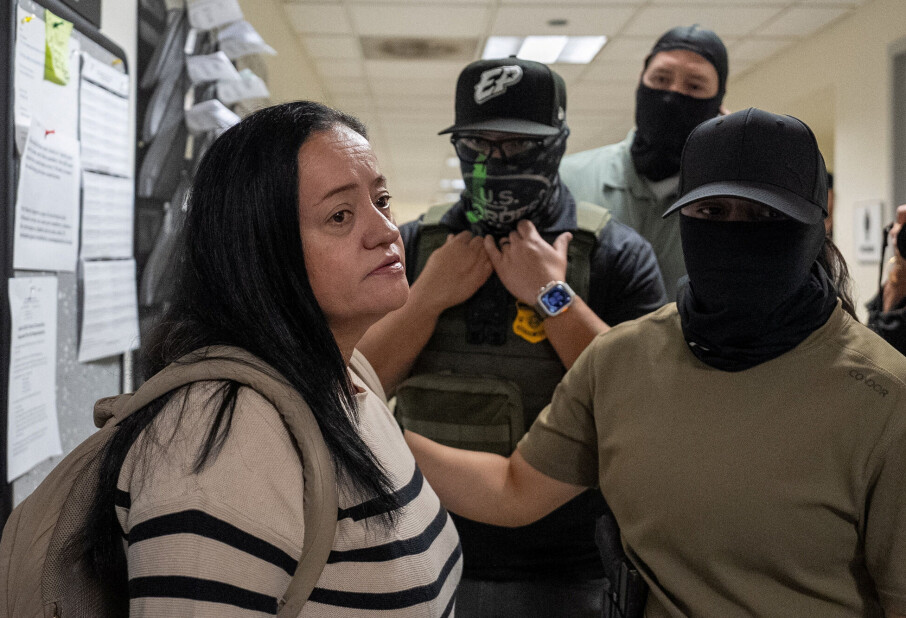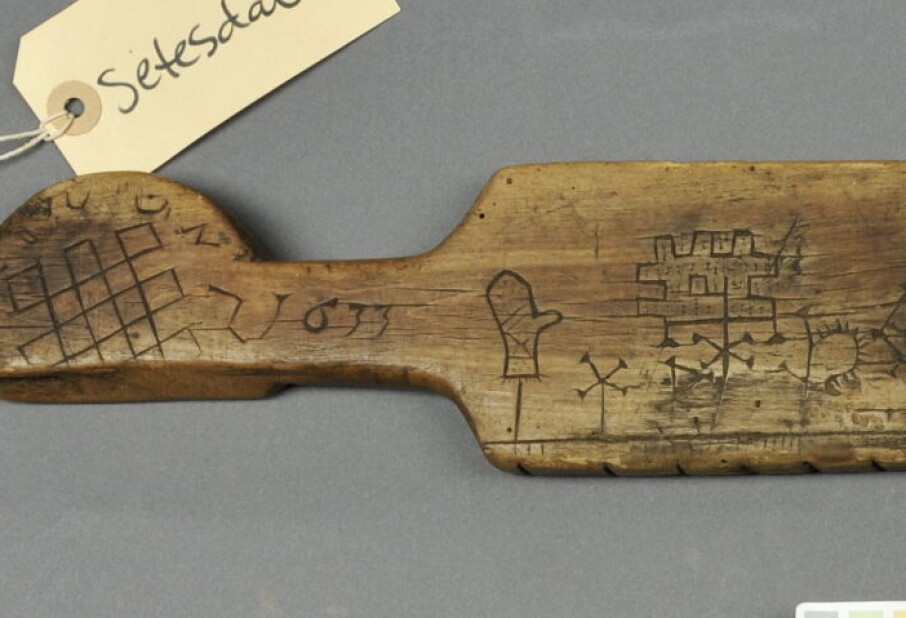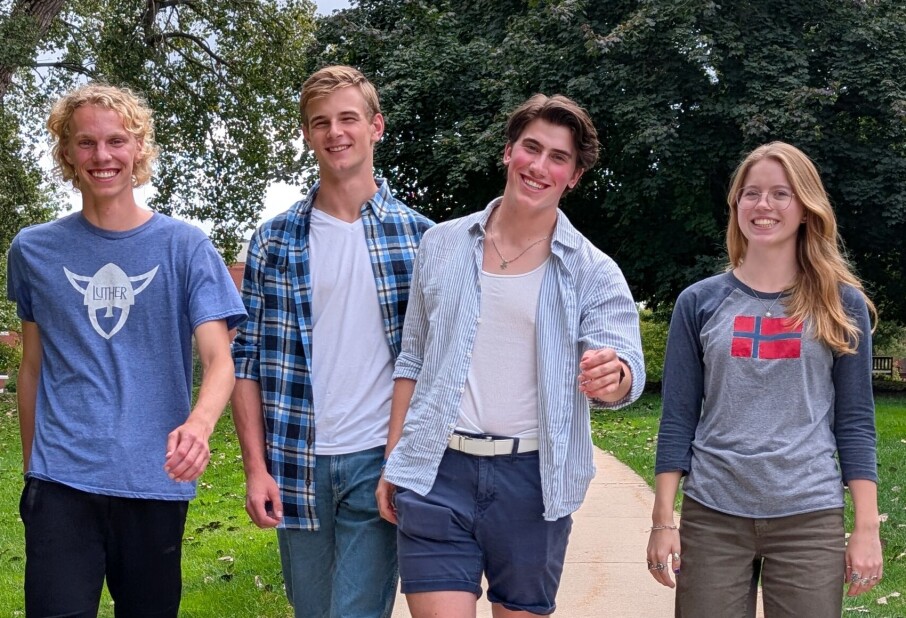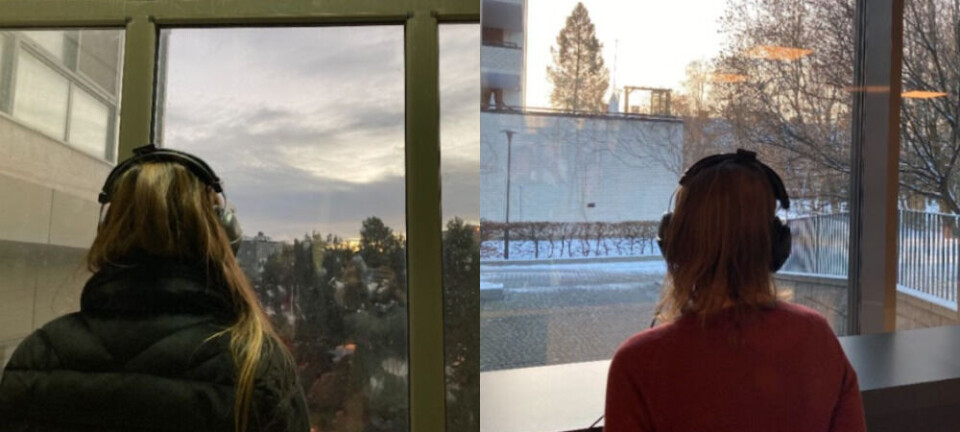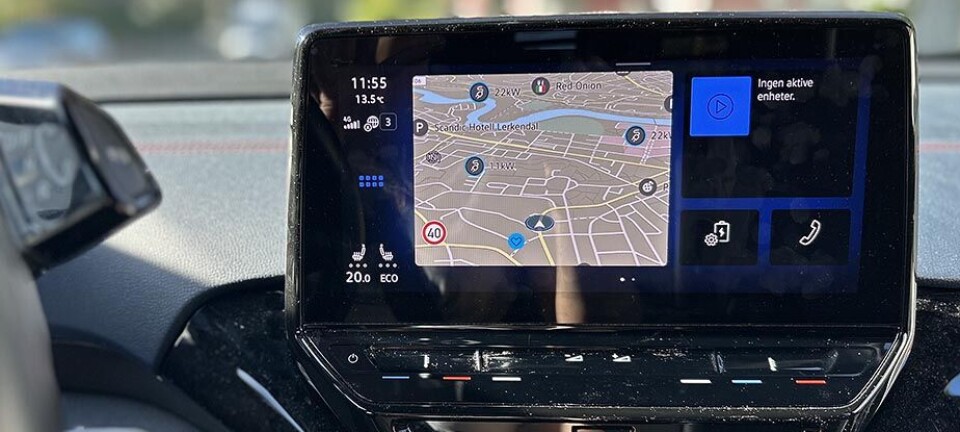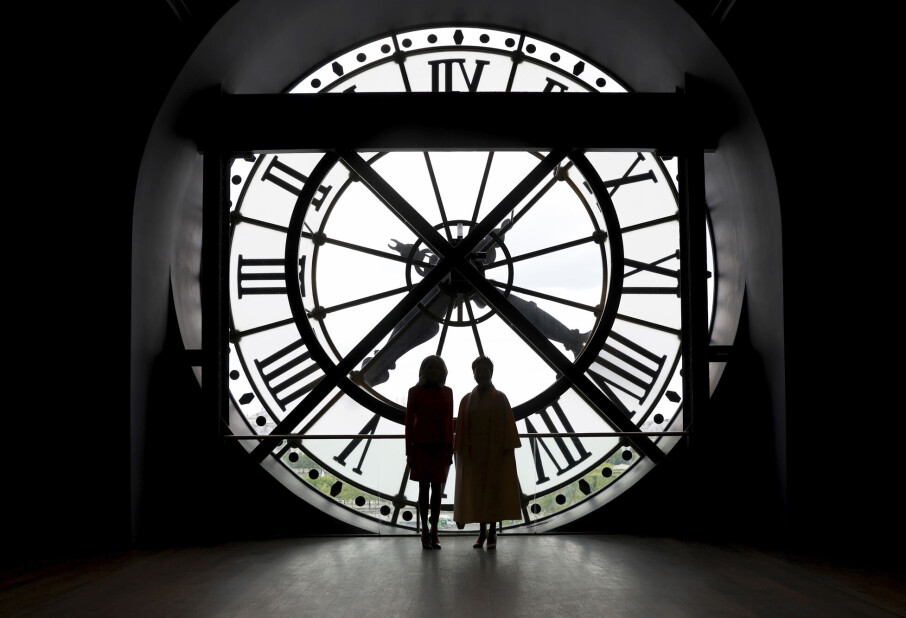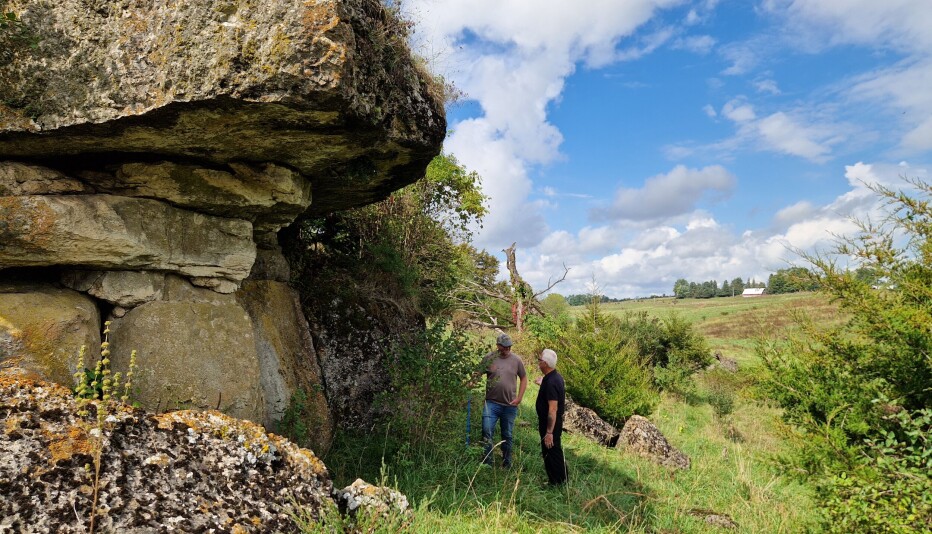
Enthusiasts are vital for local communities
Committed people with a passion for a cause can be worth their weight in gold for local communities. But local authorities and fellow community members can crush their magnanimous spirit, causing them to give up.
Denne artikkelen er over ti år gammel og kan inneholde utdatert informasjon.
In Norwegian, people who display such enthusiasm are called ildsjeler – fiery souls.
They might be the retired lady down the street who initiates the fixing up of a community centre or an idealistic young school teacher who organises a music festival for kids at the local reception centre for asylum seekers.
The Norwegian Institute for Urban and Regional Research (NIBR) has recently looked into ways that local authorities use such enthusiasts and how they could exploit them better.
According to Researcher Guri Mette Vestby, who was the study’s project manager, enthusiasts who create value for local society are not being utilised to their full potential.

She and NIBR colleagues carried out a web-based survey involving 553 informants and 14 qualitative in-depth interviews of enthusiasts and key movers and shakers in Norwegian municipalities.
Who are the activists?
So who are these activists and enthusiasts? Are they really ordinary, or do they have certain characteristics differentiating them from us mortals?
The researchers behind the report describe them as affirmative people. They are gregarious and enjoy cooperation with others. They also have traits commonly associated with leadership; they have determination and are action oriented, they are patient and have stamina.
With such mettle comes a good portion of wilfulness and according to the researchers many can also be rather obstinate or stubborn.
“Some think such activists have a special energy,” says Vestby.
One characteristic they all share is a sense of responsibility.
Simultaneously involved
Nor do people designated as fiery souls have one-track minds; they often initiate or engage in an array of schemes.
“Most of those interviewed in the report were actually engaged in several different activities and enterprises,” says the researcher.
These civic-minded citizens tend to be middle-aged, 40 to 60, and among those interviewed 60 percent were men and 40 percent were women.
Encountering resistance
Although the enthusiasts are described – and describe themselves – as patient, obstinate and persevering, they don’t dog on forever. There are things that can break them.
The counteraction usually comes from two quarters:
On the one side they can come to loggerheads with the municipality, which often can obstruct work on projects through a treacle of bureaucracy, a lack of professional and financial supportinitiatives and a non-collaborative attitude.
On the other hand there can be locals who vehemently express their disapproval for the project in public discourse and social media.
“Several of the activist/enthusiasts in the study felt that people are quick to criticise and they have often encountered scepticism and suspicion,” says Vestby.
“What enables them to tolerate the backwash is fraternisation with other positive persons.”
Bullying on social media
Many have been lambasted on Facebook, Twitter or in the comment fields of local newspaper web pages.
“Social media are not just an outstanding arena for mobilising and engaging people in the developments of local society. They can also be used in nit-picking and smears,” says Vestby.
She thinks that when this occurs on social media it has a disruptive effect and she wonders why people are so quick to condemn.
“It’s as if when someone demonstrates sufficient energy to involve themselves outside the sphere of their own sofa, others immediately meet them with some degree of scepticism,” says Vestby.
“People hear that they are ‘being conspicuous’, and that doesn’t sound particularly good.”
------------
Read the Norwegian version of this article at forskning.no
Translated by: Glenn Ostling







